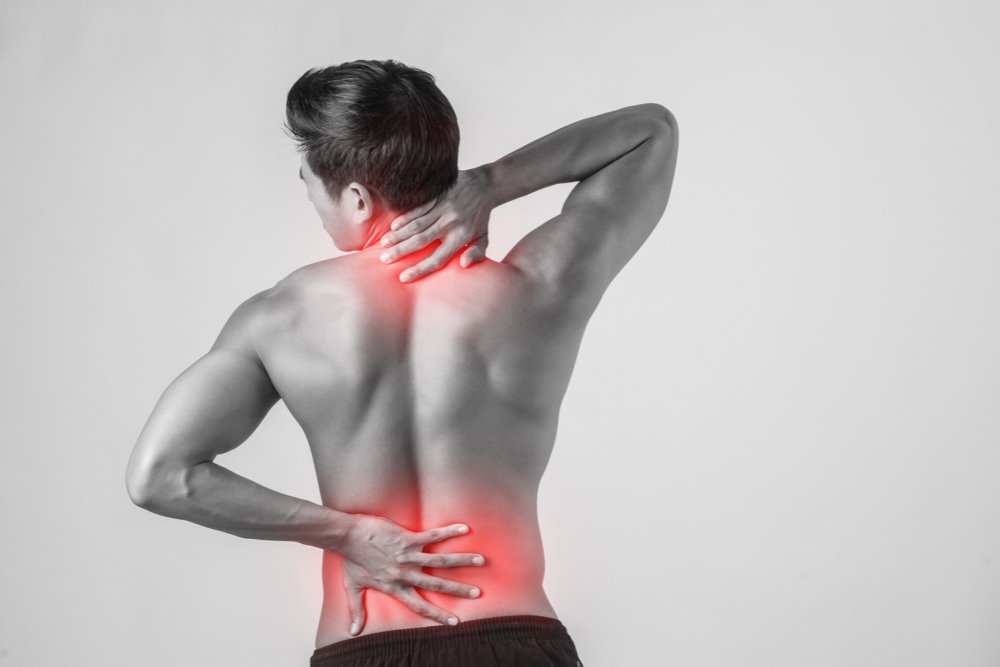FAQs on TCM Treatment for Musculoskeletal Pain:
Musculoskeletal pain and injuries are increasingly common in our modern lives, often resulting from poor posture, sports injuries, or chronic conditions. Fortunately, Traditional Chinese Medicine (TCM) offers holistic and effective solutions to manage pain and support the body’s natural healing. In this guide, we’ll explore types, causes, symptoms, and TCM treatment options for musculoskeletal pain and injury.
What is Musculoskeletal Pain and Injury?
Musculoskeletal pain refers to discomfort or pain in the muscles, joints, ligaments, tendons, or bones. It may be acute (short-term) or chronic (long-lasting), and it can occur in areas like the neck, back, shoulders, elbows, wrists, hips, knees, or ankles. This pain often results from injuries, overuse, or underlying musculoskeletal issues like arthritis or a frozen shoulder.
What Areas of the Body Are Commonly Affected?
The most commonly affected areas include:
Neck and shoulder pain
Lower back pain
Knee pain
Elbow and wrist pain
Joint pain and muscle aches
Pain related to poor posture or repetitive strain
What Are The Causes of Musculoskeletal Pain?
Pain arises from multiple factors such as:
Traumatic injuries (e.g., falls or direct impact)
Poor posture leading to chronic strain
Repetitive motions causing overuse injuries
Muscle strain from physical exertion
Sports injuries or improper body mechanics
Underlying conditions such as rheumatoid arthritis, cervical spondylosis, or frozen shoulder may also contribute to chronic pain conditions.
What Are The Common Symptoms of Musculoskeletal Pain
Some common symptoms include:
Dull or sharp pain
Stiffness and reduced mobility
Swelling and inflammation
Tingling or numbness
Muscle fatigue or spasms
Sleep disturbance due to pain symptoms
What Are The TCM Approaches to Treating Musculoskeletal Pain?
Traditional Chinese Medicine (TCM) views musculoskeletal pain as a result of qi and blood stagnation, blockage of meridians, or an imbalance in the body’s energy flow. Instead of only treating symptoms, TCM pain management aims to restore balance and address the root cause of pain.
1. Acupuncture for Pain Relief
Acupuncture involves inserting thin needles into targeted acupuncture points to unblock stagnation, increase blood circulation, and trigger the body’s natural healing processes. It’s especially effective for:
Shoulder pain and neck pain
Joint pain and knee pain
Chronic pain and muscle tension
Sports-related or posture-induced pain
Acupuncture also reduces inflammation, supports tissue repair, and promotes the smooth flow of qi and blood, which is essential for pain relief and overall well-being.
2. Cupping Therapy and Gua Sha
TCM treatments like cupping therapy and gua sha help to:
Relieve muscle tension
Stimulate blood flow
Detoxify and encourage tissue repair
Provide targeted relief in the affected area
These therapies are effective for chronic pain, muscle strain, and pain-related conditions like frozen shoulder and back stiffness.
3. Chinese Herbal Medicine and Medication
Using Chinese herbal medicine, TCM physicians tailor herbal medication to each patient based on their medical history and constitution. Herbal formulas can:
Nourish the blood
Alleviate pain and reduce swelling
Strengthen joints and muscles
Support the immune system and restore natural healing
Common herbs like Du Huo, Dang Gui, or Xu Duan are often used in TCM to treat chronic pain and promote good health.
4. Therapeutic Massage and Acupressure
Acupressure massage, a TCM modality, applies focused pressure on acupuncture points to:
Reduce muscle tension
Manage pain naturally
Enhance blood circulation
Support energy flow and relieve blockages
5. Holistic Lifestyle Recommendations
TCM also encourages holistic lifestyle adjustments for long-term pain management, including:
Exercise regularly, like tai chi or qi gong
A balanced diet rich in essential nutrients
Maintaining correct posture
Stress relief techniques to prevent tension buildup
Why Choose TCM for Pain Management?
TCM pain treatments focus not only on the symptoms but also on the underlying imbalances that cause chronic pain. With personalised care and a combination of acupuncture, herbal remedies, massage, and lifestyle guidance, traditional Chinese medicine TCM offers a holistic approach to:
Relieving pain naturally
Restoring the flow of qi and blood
Supporting overall well-being
Whether you’re dealing with acute pain from an injury or battling chronic pain conditions, TCM methods can be a valuable part of your recovery plan.
Consult a TCM Practitioner in Singapore
At Common TCM, experienced TCM physicians are ready to help you address pain through safe, effective, and customised treatments. From neck and shoulder pain to joint and muscle aches, our practitioners use TCM approaches that promote long-term pain relief and support your body’s natural healing. Contact us today to find out more.

